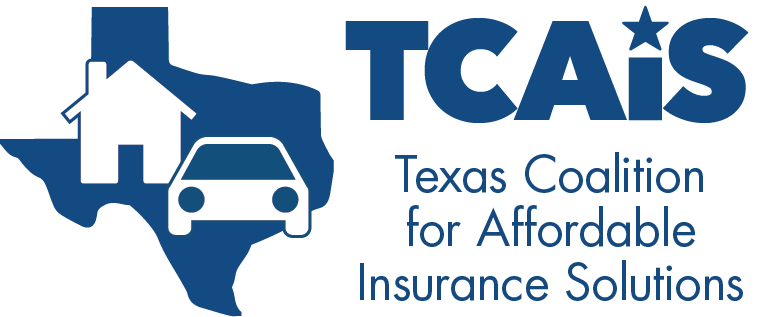We can’t control the weather or the major cost drivers of inflation that impact the cost of insurance. But policymakers can pass meaningful reforms to save lives, prevent loss and damage, decrease insurance claims and lower insurance premiums for consumers.
Adopt and enforce sound, up-to-date, uniformly applied building codes
Strong building codes have proven to significantly reduce risk and loss for homeowners. Texas consistently trails most coastal states when it comes to instituting and enforcing building codes, ranking lower than all but two of the 18 states along the Gulf of Mexico and the Atlantic Coast, per a 2024 IBHS evaluation
of residential building code adoption, enforcement, training, education and contractor licensing.
TWIA should recognize IBHS fortified standards as a voluntary option to the WPI-8 requirements to encourage consumer consideration of the higher standard
TWIA has its own building standards program. Recognition of the broadly accepted national standards would reduce risk to TWIA, encourage builders to learn and use the standards, and create an example of resiliency for the non-TWIA market in Texas to observe and follow.
Register and/or regulate roofers
Fly-by-night contractors have subjected consumers to damaging practices ranging from dishonest business dealings and strong-arm tactics to out-and-out fraud. Regulation is needed to protect reputable roofers and give consumers and authorities basic tools to exclude or track down fraudulent roofers. It also encourages competency and accountability in roof installation, replacement and associated business practices.
Encourage installation of impact resistant shingles
Impact-resistant shingles are designed to withstand high winds and hail that might damage ordinary shingles. Policymakers should remove any barriers related to the installation of these impact-resistant shingles throughout the state, as well as mandate that level 4 impact resistant shingles be used in all new construction.
Enhance regulation of preventable risk, such as the power infrastructure
Power lines are consistently identified as significant contributors to wildfire incidents, including recent historic and devastating wildfires in California and Hawaii. Electrical power networks caused 19% of all wildfires
from 2016-2020. Additionally, the power failures in Winter Storm Uri in Texas in 2021 drove huge insurance losses.
Institute resiliency grant programs to build to recognized “fortified” standards
Other states, notably Alabama, are enacting grant programs to help individuals and communities achieve better building standards. Initial review of such programs indicates that in addition better building for the direct recipients, others in the market who do not receive grants may be adopting the standards as well.
Provide funding and education for programs that reduce overall community risk
For example, Firewise USA
is a cooperative effort among local, state, federal and private agencies and organizations to promote fire safety and reduce wildfire loss in the wildland/urban interface. Many other education initiatives exist or could be created to inform communities on risk and resilience.
Ensure safer roads
Enforce existing distracted driving statutes and allow insurers to surcharge Texas policyholders who commit moving violations in order to create incentives for safer driving.

